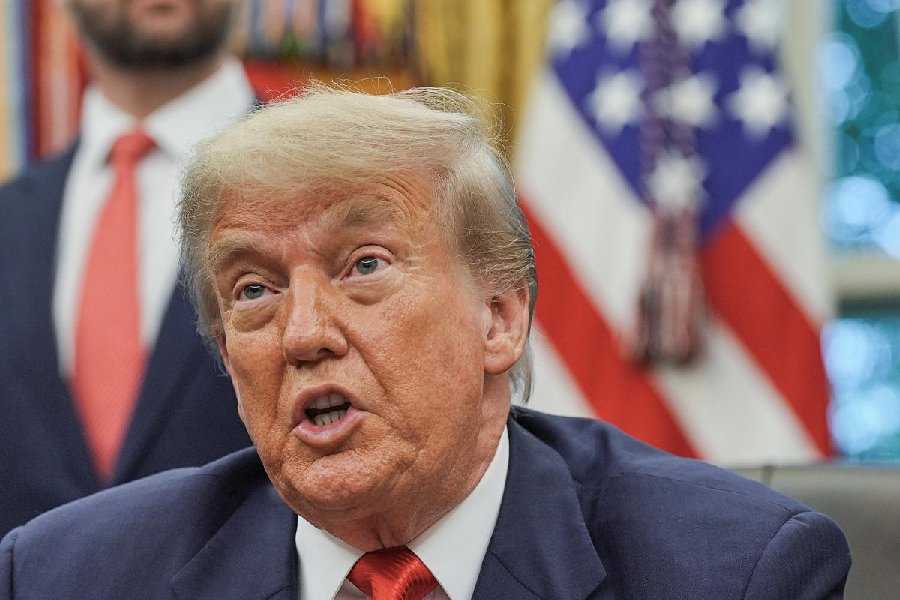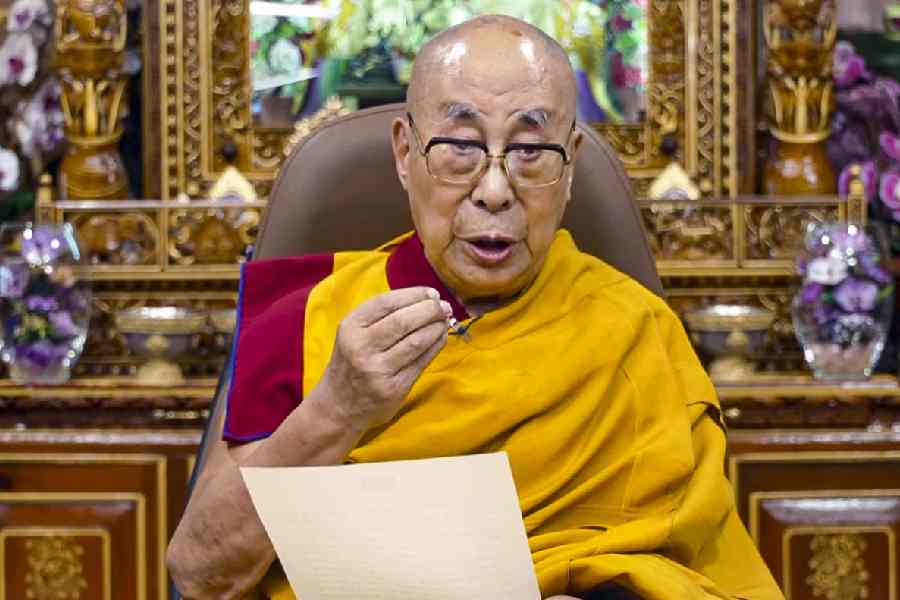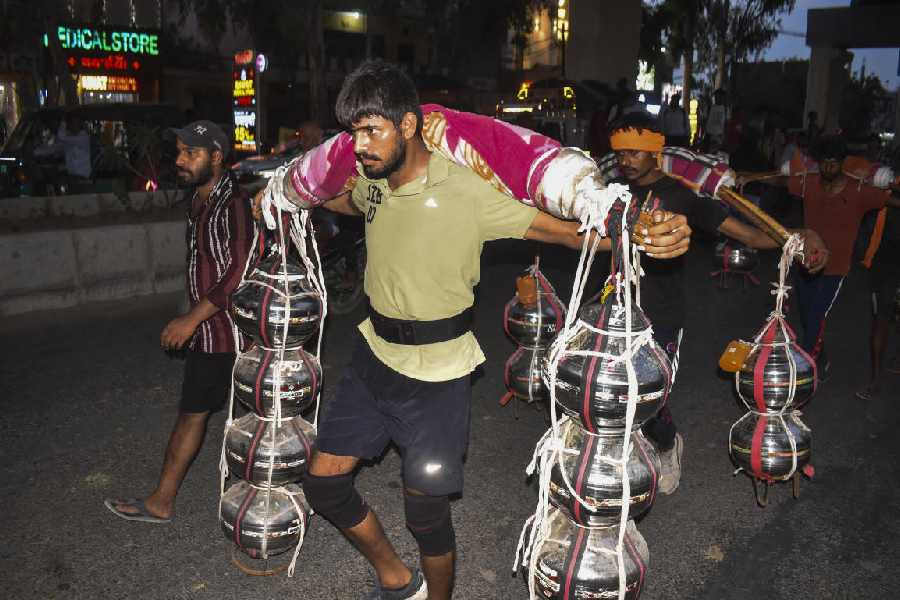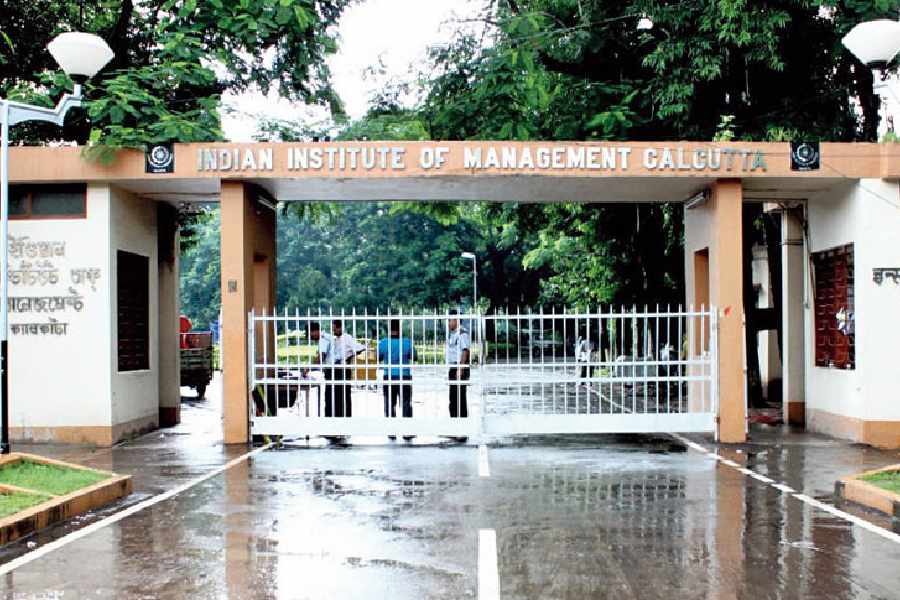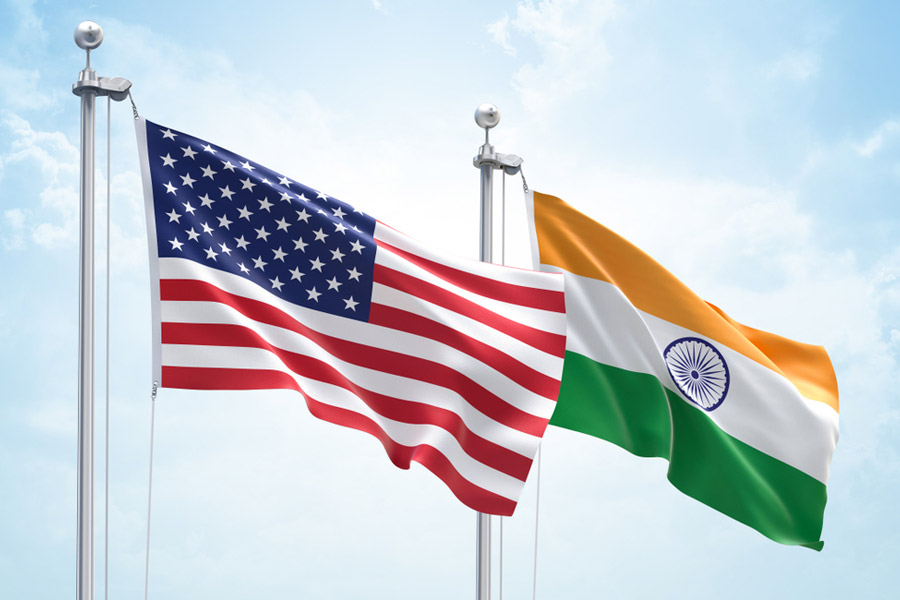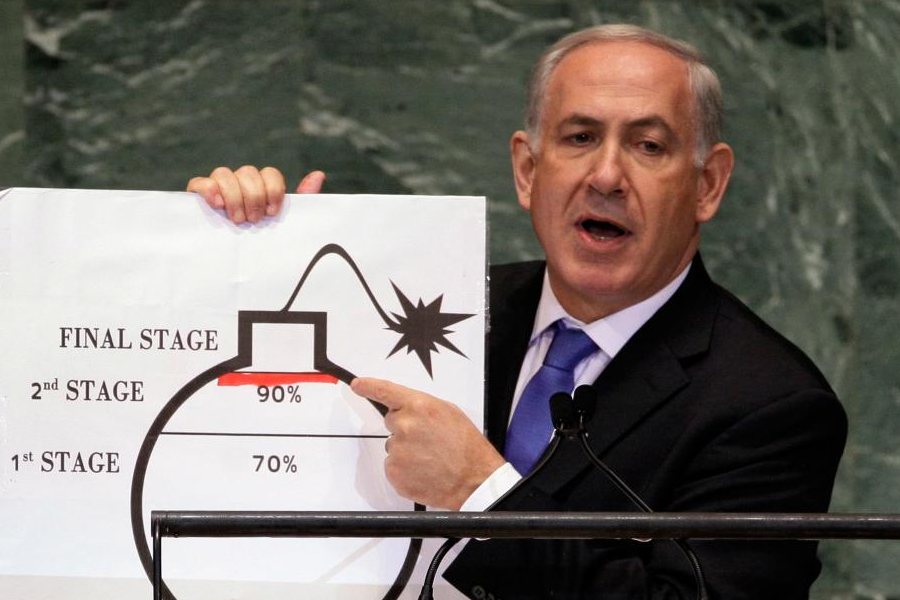Listening to the soundbites of the people whose families have lived in Benaras through generations was a delightful experience. They reminded one of the rooted, secure India of the past. These individuals are intelligent, connected, and are able to see through the chatter of superficial questions and answers. They appeared to be amused with and distant from the election carnival that had invaded the ancient city of light. Reactions such as ‘culture and music do not take political sides’, the bemused expressions on the face of the owner of the famous lassi shop, the students at the university — every person and response conveyed a sense of confidence in spite of decades of neglect that has seeped into the core of Benaras.
A glimmer of the inherent Ganga-Jamuna tehzeeb captures the imagination of those who choose to see it. It was this ingrained sensibility that made the Indo-Gangetic belt and India so special, a magnet that attracted the world to its doorstep. Layers of that extraordinary past lie within the folds of this historical land that has been witness to centuries of diverse influences that came together in this sub-continent. In Benaras, the Muslim artisan and the Hindu trader are an integral part of the loom that weaves patterns of harmony amidst living and working spaces. It is this confidence that makes a Benarasvasi smile condescendingly when asked inane questions about Hindu-Muslim unity. They seem to suggest to wide-eyed mediapersons, ‘you chaps need to understand us and India better before asking such silly questions.’
Slow poison
It is that particular brand of tehzeeb that India must emulate, once again. It held together a nuanced and delicate cultural fabric that celebrated diversity of language, faith, philosophy, skills and cuisine. The material heritage embodied the many influences. That is what made India a prized destination. The Ganga-Jamuna ethos was the manifestation of a mature and confident civilization, a palpable reality that set an example to the people.
Sadly, with the advent of small-minded rulers with bloated egos, desperate to use easy options to stay on the gaddi, the virus of vote-bank politics damaged India’s organic fibre, thereby polluting the purity of the fabric. Over the last few decades, that new-fangled political reality has stripped this country of its strengths and intrinsic values that had influenced its habitat and environment.
Fortunately, within the democratic frame, India has the right to elect a new government every five years. If the people want a fractured government at the Centre, they will vote accordingly. If, on the other hand, they are looking for radical change and are ready to take a risk and undermine the political status quo, so shall it be.
Political observers, who are watching the processes that are unfolding in front of us, suggest that the Bharatiya Janata Party will leave its mark in West Bengal, Odisha, Tamil Nadu, Andhra Pradesh and Assam. If bastions are being intruded into, it indicates a corrosion of the rhetoric of the past. Without political considerations and the weighing of odds, will this country vote for change? Will it defy the mathematics and the theorizing that are happening around us concerning such developments as communities voting en masse? And what if the Hindus, like the Muslims, vote en masse? Such predictions are based on a limited understanding of politics. They expose the pathetic standards of political and electoral discourses that continue to be based on dated assumptions. Will the BJP win around 220 seats on its own? If it does, then the final figure could be, at a pinch, compared to a river in spate.


